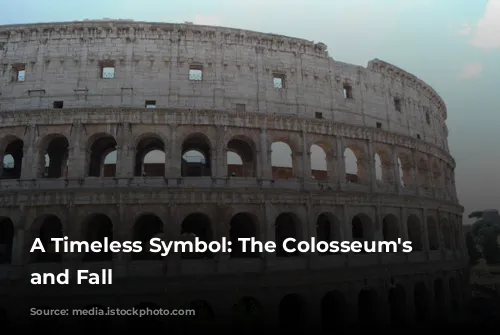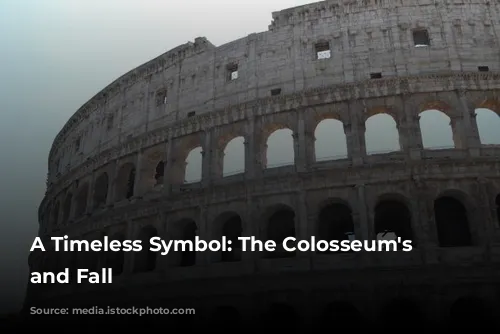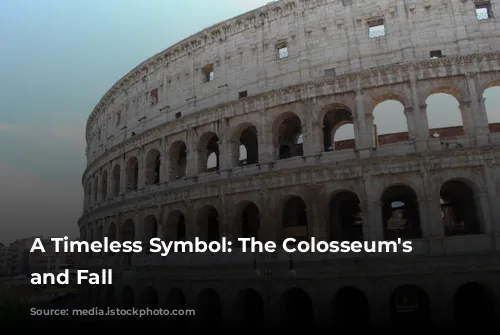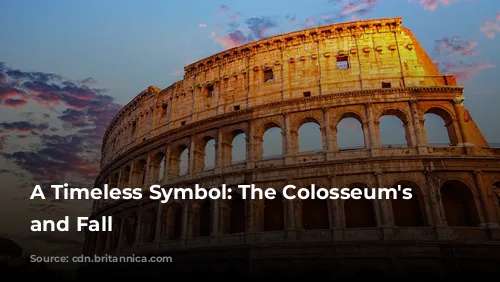Standing as one of the few surviving structures from the mighty Roman Empire, the Colosseum stands as a testament to ancient Rome’s architectural brilliance and engineering mastery. It’s not just a historic landmark; it’s also a major draw for tourists and a significant source of income for the Italian government. In 2018 alone, the Colosseum, Roman Forum, and Palatine Hill combined to earn over $63.3 million (€53.8 million), claiming the top spot as Italy’s most lucrative tourist attraction.
A Monument’s Troubled Past
The Colosseum’s history, however, is not one of uninterrupted glory. After the fall of the Western Roman Empire, the Colosseum fell into a state of severe disrepair. In the 12th century, the Frangipane and Annibaldi families transformed the once-grand arena into their fortified stronghold. By the late 15th century, Pope Alexander VI permitted the Colosseum to be used as a quarry, a testament to the relentless disregard for this once-majestic structure. After over a thousand years of neglect, the Colosseum finally received some much-needed attention in the 1990s with state-funded restoration efforts.
A Symbol of Imperial Power and Entertainment
The Colosseum was built during a period of imperial resurgence in Rome, following the tumultuous “Year of the Four Emperors” in 69 CE. Like other amphitheaters of the time, Emperor Vespasian intended the Colosseum to be a spectacle for the masses, a place where gladiators would fight, animals would be hunted, and even mock naval battles would take place. The Colosseum, in essence, was a grand stage for Rome’s entertainment, a symbol of the empire’s power and influence.
From Construction to Completion: A Colosseum Built by Blood and Labor
Construction of the Colosseum began under Emperor Vespasian between 70 and 72 CE. His son and successor, Titus, dedicated the completed structure in 80 CE. Emperor Domitian added the Colosseum’s fourth story in 82 CE. It’s important to remember that the construction of the arena was financed by the spoils of war – the riches seized by Titus during his conquest of Jerusalem in 70 CE. And it was built by enslaved Jewish people from Judea, a stark reminder of the brutal reality of the Roman Empire.
A Majestic Structure: Engineering Marvels and a Seat for Thousands
The Colosseum is an elliptical amphitheater, a masterpiece of Roman engineering, constructed using stone, concrete, and tuff. Standing four stories tall, it measures an impressive 620 by 513 feet (189 by 156 meters) and was designed to hold up to 50,000 spectators. The Colosseum was famous for its gladiatorial combats, a spectacle that captivated Roman audiences.
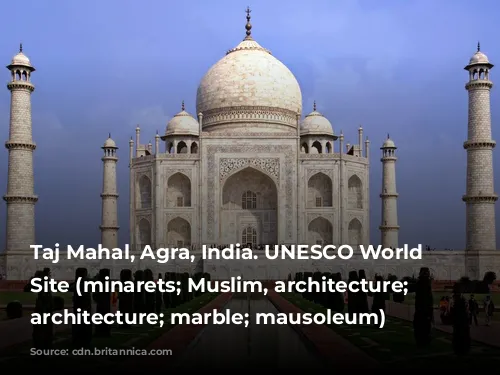
A Monument to Imperial Ambition
The Colosseum was built just east of the Palatine Hill, on the site of Nero’s lavish Golden House. The artificial lake, the centerpiece of Nero’s palace complex, was drained to make way for the Colosseum, a decision that was as symbolic as it was practical. Vespasian, whose rise to power was less opulent than Nero’s, chose to replace the tyrannical emperor’s private lake with a public amphitheater. This symbolic gesture served to emphasize the new era of Roman leadership – one that favored the public good over the emperor’s personal indulgences.

A Structure Designed for Spectacle: The Colosseum’s Unique Design
Unlike earlier amphitheaters, which were often built into the slopes of hills for support, the Colosseum was a freestanding structure, crafted from stone and concrete, using a complex system of barrel and groin vaults. The exterior featured three tiers of arcades, framed by engaged columns in the Doric, Ionic, and Corinthian orders. The structure’s rising arrangement of columns became a foundational principle in the Renaissance, inspiring what is known as the assemblage of orders. The Colosseum’s main structural framework and facade are made of travertine, while the secondary walls are made of volcanic tufa. The inner bowl and arcade vaults are built of concrete, a testament to the Romans’ mastery of materials and construction techniques.
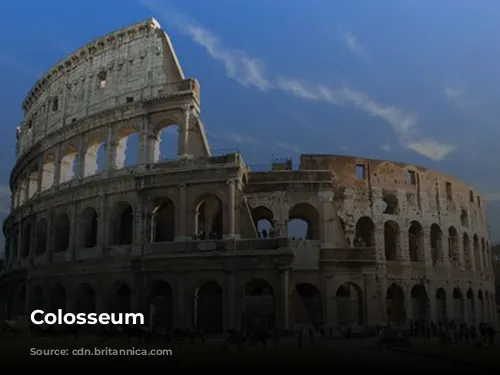
Shielding the Spectators: The Colosseum’s Retractable Awning
The Colosseum could seat some 50,000 spectators, who were shielded from the scorching Roman sun by a massive retractable awning, known as a velarium. Supporting masts extended from corbels built into the Colosseum’s top story, and hundreds of Roman sailors were required to manipulate the rigging that extended and retracted the velarium. This ingenious system ensured that the crowds could enjoy the spectacle, regardless of the weather.
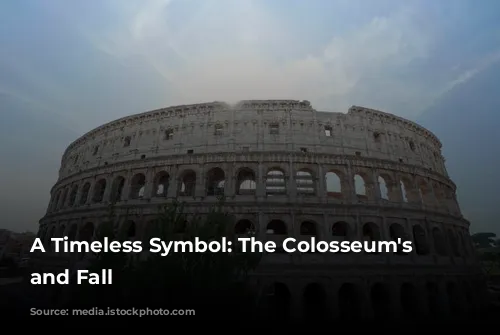
A Stage for Bloodshed and Spectacle: The Colosseum’s Legacy
The Colosseum witnessed countless events, from gladiatorial combats and animal hunts to mock naval engagements. The arena became a symbol of Roman entertainment and a stage for the empire’s grand spectacles. However, despite popular belief, it is uncertain whether the Colosseum was the site of the martyrdom of early Christians.
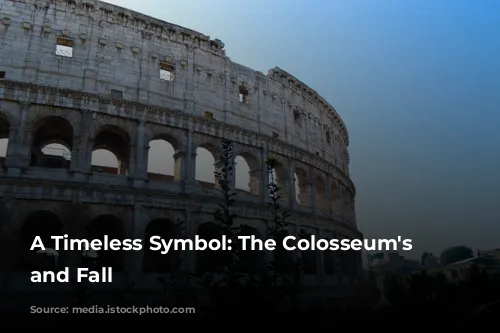
From Glory to Neglect: The Colosseum’s Transformation Through the Ages
In medieval times, the Colosseum was repurposed as a church, followed by its use as a fortress by prominent Roman families. Over time, the Colosseum suffered damage from lightning, earthquakes, vandalism, and pollution. The once-magnificent marble seats and decorative elements disappeared as the Colosseum was treated as little more than a quarry for over a thousand years.
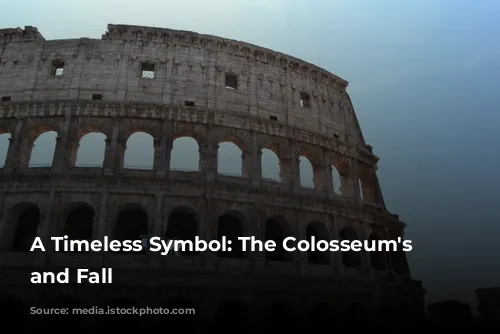
A Monument Restored: The Colosseum’s Revival
The preservation of the Colosseum began in earnest in the 19th century, with notable efforts led by Pius VIII. A major restoration project was undertaken in the 1990s, breathing new life into this ancient wonder. Today, the Colosseum stands as one of Rome’s most iconic tourist attractions, welcoming nearly seven million visitors annually. Regularly changing exhibitions showcase the rich culture of ancient Rome, captivating visitors from all corners of the world. The Colosseum is more than just a ruin; it is a living testament to the enduring power of Roman civilization and its influence on the world.
